How to fix damp stains in the home
Although covering up damp stains is not too hard it is better to find the cause first, fix that, then cover the stain. There is a lot to know about damp stains and how to cover them and can take years to learn.
Here are some tips on how to cover stains.
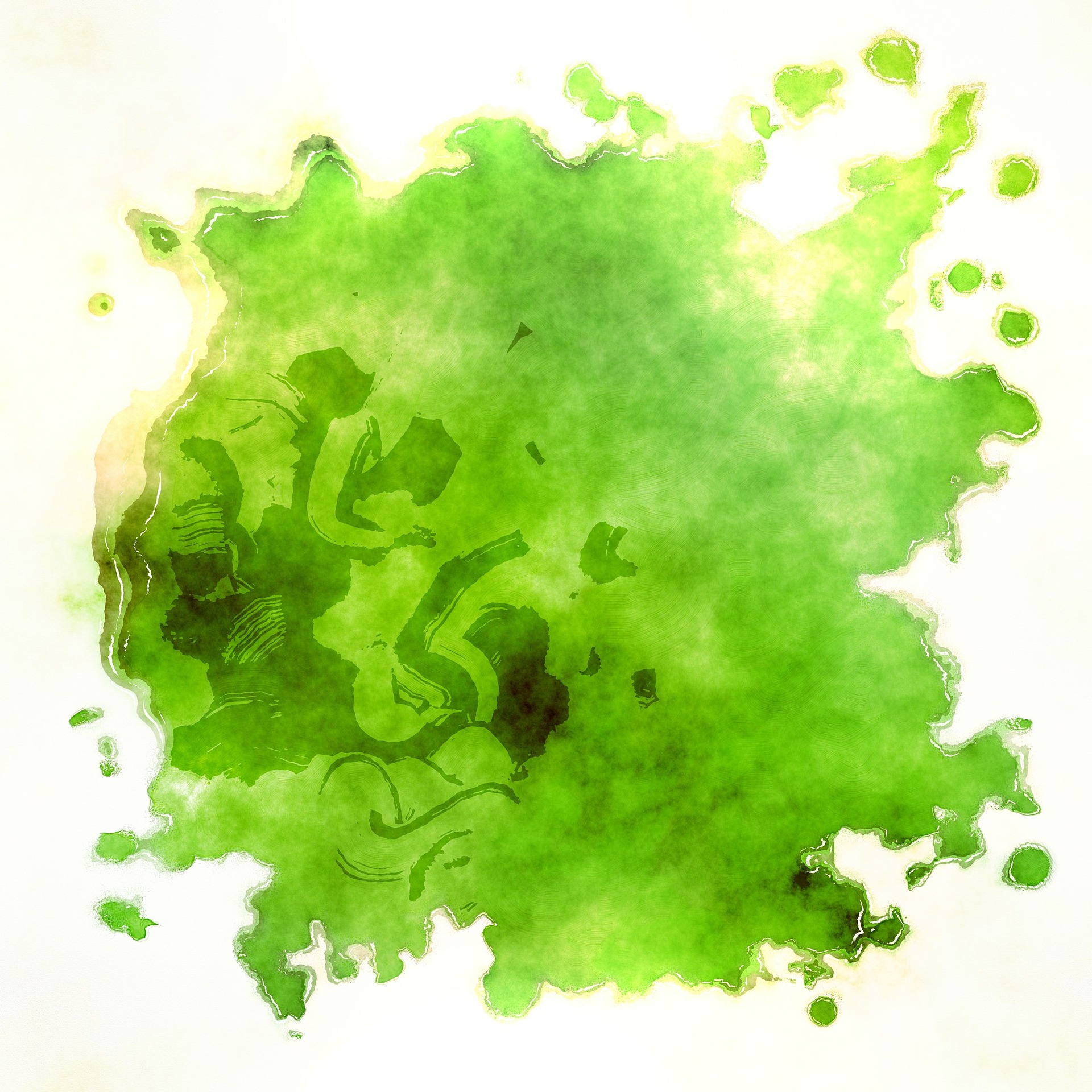
Most staining can be attributed to water penetration, rising damp or condensation. A damp-course put in by a specialist usually cures rising damp. Fixing broken pipes, gutters and cracked render outside can cure penetrating damp. Condensation can be problematic, especially if it has been left for a long time. Good air flow will help and could cure it; either by leaving a window open or putting in an extractor fan, but sometimes even then condensation can remain.
Sometimes thick wallpaper on the walls will cure it by stopping the walls from being too cold so that warm air won't condense on the walls and stay there for lack of good air flow to dry it out. If left too long mould will grow, look unsightly and smell and be a health hazard.
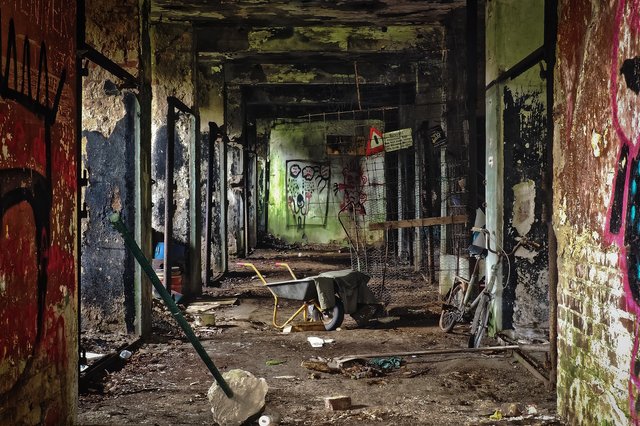
Damp is caused by one of these: condensation, rising damp, penetrating damp, new plaster not drying, leaking gutters or downpipes. Finding the cause of the damp can prove difficult.
Rising damp will have to be cured and dried out. A short term cure for damp would be two coats of oil based undercoat, or a proprietary damp sealer applied as per instructions. Usually, sooner than later the damp will show through again. Wallpaper will lift over time and possibly dry out, but the damp will remain behind, hidden behind the paper, and can look unsightly.
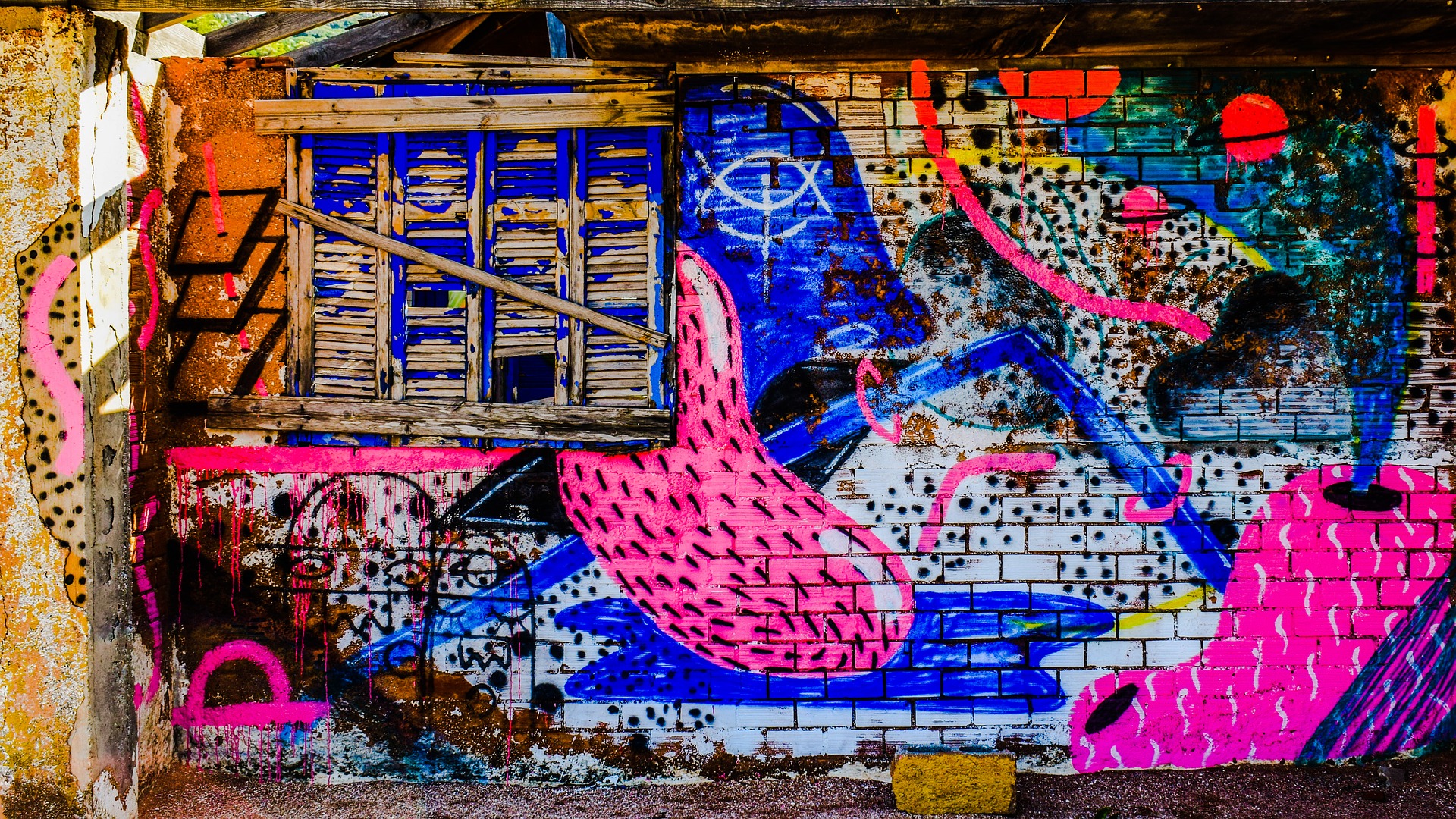
A damp-proof course and water proofed render should cure the problem. Just re-rendering in cement with water-proofer added to the mix can be a successful treatment for small localized areas; but the damp will remain behind this and can spread to other parts to find its way out.
Stains appearing through new paint-work will need to be sealed, left for a day to dry, and then repainted. Tobacco stains, damp, kitchen grease, oil, and mould will keep coming through the finished paintwork until properly treated.
Mould is a growth caused by too much moisture and can be bad for health. Wash off as much as possible, and then dry. Apply mould killer and follow instructions on the container. After treatment, a coat of oil-based undercoat will help to seal the wall.
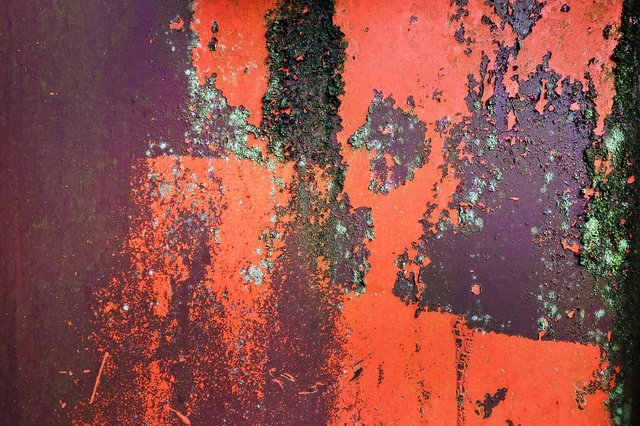
In most cases, damp will be cured by a damp-proof course. A water based breathable emulsion should be used until the new plaster has cured, usually about four to six months, after which, painting can be as normal.
Penetrating damp, leaking pipes, broken gutters, cracks in external render, missing mortar-course in bricks or stone, slipped slates or tiles from roof, defective or missing seals around windows or doors, or even leaking pipes in the bathroom or shower will have to be remedied first to stop the water penetrating. Drying out can be helped with a de-humidifier.
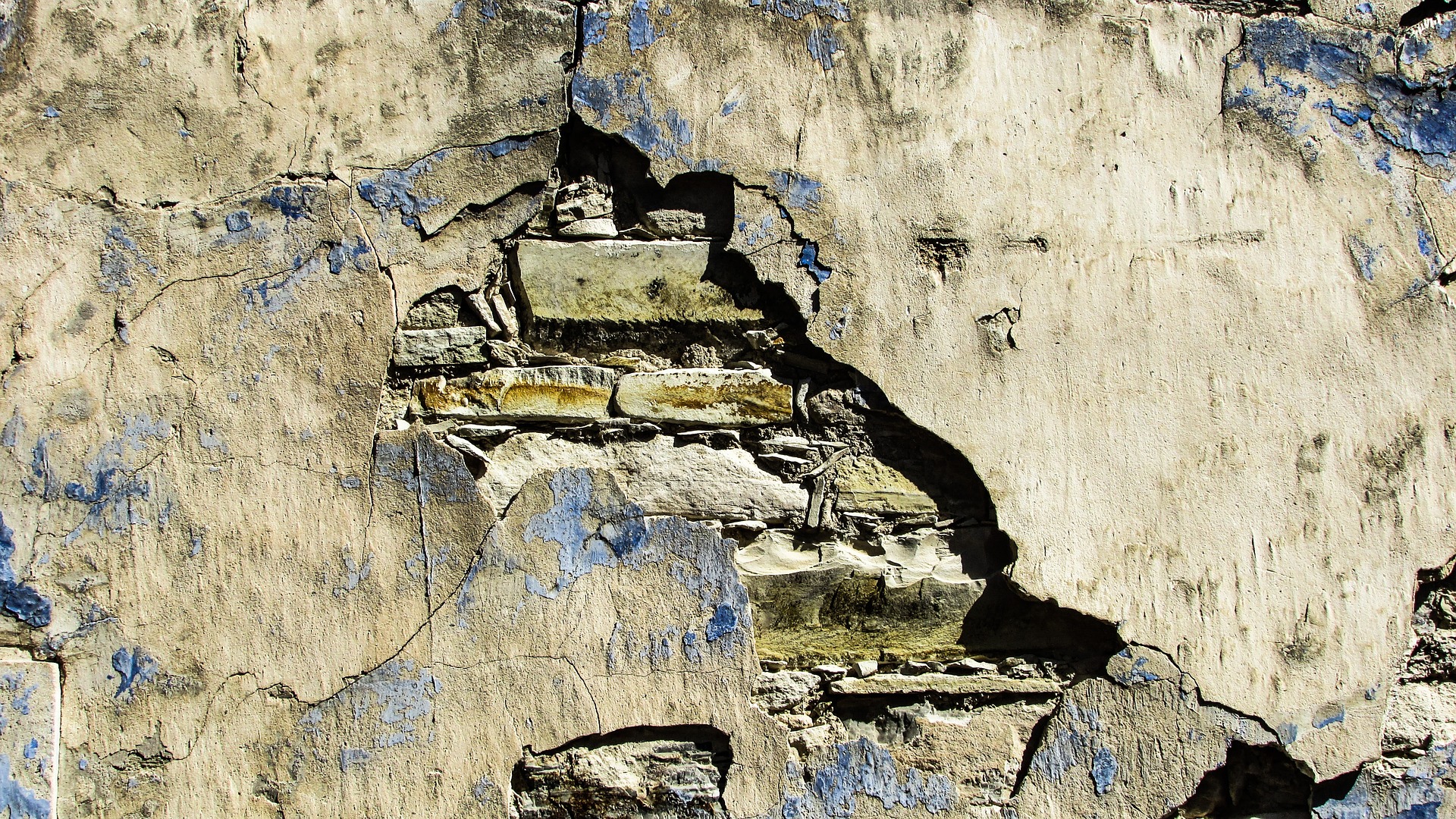
Sometimes no obvious cause can be found for damp; the only thing to do then is to re-render the whole wall.
Over time, plaster may raise off the wall enough to dry out, and then upon decorating can fall off. Soon after re-filling and paining, usually in winter or wet weather, staining will appear, even though previously it has not show up.
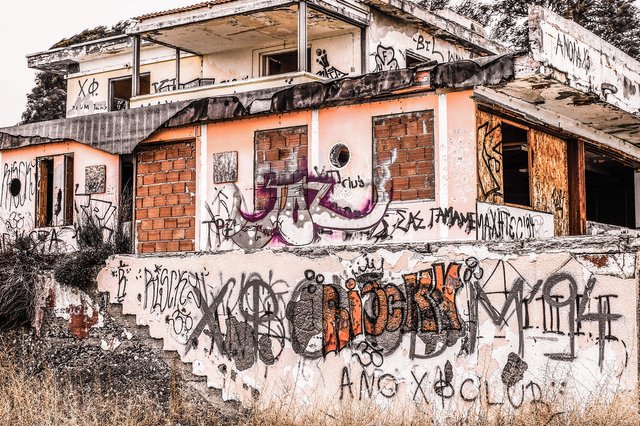
Determining how far to go with persistent stains will take some thought. Knowing the possible cause, cures and treatments gives you the knowledge to know how far to go; but money, time, effort and disruptions are also factors.
A professional decorator can do the work for you at a cost, but mostly, with the proper preparation and doing the work in the right order, applying cures yourself can be done at a fraction of the cost.
For damp-proofing and rendering it is best to use the professionals.
Images from Pixabay